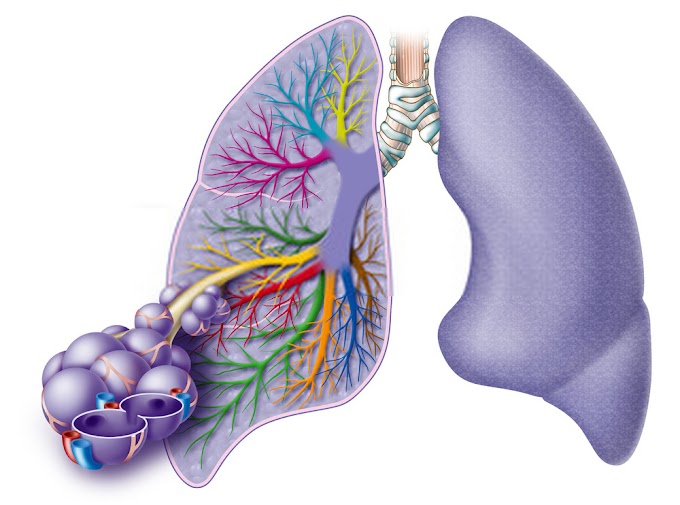Pain management is a significant challenge in the medical world, affecting millions of individuals who suffer from chronic pain. Traditionally, pharmaceutical drugs have been the primary method for alleviating pain, but alternative therapies are increasingly coming to the forefront. Cannabis, in particular, has garnered attention as a potential pain relief solution.
This article explores whether the use of cannabis in pain management is a myth or a substantiated reality.
The Science Behind Cannabis for Pain
Cannabis is comprised of multiple active compounds, with tetrahydrocannabinol (THC) and cannabidiol (CBD) being the most significant in terms of therapeutic potential. These compounds engage with the body's endocannabinoid system (ECS), a critical regulator of physiological processes, including pain sensation, mood, and general well-being.
The ECS consists of cannabinoid receptors spread throughout the body, with CB1 and CB2 being the most pertinent to pain management. CB1 receptors are predominantly found in the brain and central nervous system and are primarily activated by THC. This interaction produces the well-known psychoactive effects of THC but also helps alleviate pain by modulating the release of neurotransmitters and reducing neural inflammation.
CBD, on the other hand, does not bind as directly with CB1 or CB2 receptors. Instead, it enhances the body's own endocannabinoids and modifies the receptors' ability to bind with other cannabinoids. This can affect pain perception, among other physiological responses, without the psychoactive effects associated with THC.
Moreover, below are some ways in which these interactions may lead to decreased pain signaling in the nervous system:
- Reduction of inflammation: THC and CBD have been shown to possess anti-inflammatory properties, which can directly reduce pain from inflammatory conditions such as arthritis.
- Neural protection: By modulating ECS activity, these cannabinoids may offer protection against neural damage that can lead to or exacerbate pain.
- Muscle relaxation: Cannabis compounds may help relax muscles, thus potentially reducing pain from muscle stiffness and spasms.
Given the information mentioned above, there’s a potential for THC and CBD to act as modulators of the ECS, offering therapeutic benefits for pain management through multiple pathways within the body.
Forms of Cannabis for Pain Relief
The effectiveness of cannabis can vary depending on its form and how it is consumed. The following are some forms of cannabis for pain relief:
Smoking or Vaporizing Cannabis
Smoking or vaporizing cannabis is one of the quickest ways to experience its effects. When inhaled, active compounds like THC and CBD are absorbed almost immediately into the bloodstream through the lungs, providing rapid relief from pain. This method is particularly beneficial for those seeking quick management of acute pain symptoms.
However, the effects are relatively short-lived, often requiring frequent daily dosing. Additionally, inhalation can carry respiratory risks, especially for those with pre-existing lung conditions.
Edibles
Edibles can provide a distinct advantage in terms of duration of effect. When consumed, the active compounds in cannabis are metabolized in the liver, transforming THC into a more potent form. This process results in a delayed onset of effects, usually taking anywhere from 30 minutes to two hours, but the relief provided can last much longer—often several hours.
This prolonged effect makes edibles an excellent option for managing chronic pain, allowing patients to maintain consistent pain relief throughout the day without frequent redosing.
Hence, for those living in areas like Washington, checking out reputable websites and online resources can be an excellent way to learn more about edibles in Washington.
Topicals
Cannabis-infused topicals include creams, balms, and oils applied directly to the skin. These products are designed to target localized pain without the psychoactive effects associated with other forms of cannabis. The cannabinoids in topicals interact with CB1 and CB2 receptors in the skin, potentially relieving joint pain, muscle soreness, and inflammatory skin conditions.
Topicals are particularly appealing for individuals who want the therapeutic benefits of cannabis without systemic effects or psychoactivity, making them a suitable option for everyday use.
Comparisons with Traditional Pain Management Techniques
When compared to traditional opioids, cannabis presents fewer risks of dependency and non-fatal overdose, which are significant concerns with opioid use. However, cannabis is not without its side effects, including potential cognitive impacts and psychoactive effects, particularly with THC-heavy strains. Patients looking to manage pain with cannabis should consider these factors and consult with healthcare providers to tailor the approach to their specific needs.
Conclusion
Cannabis presents a promising but complex addition to the pain management arsenal. While it is not a universal solution, it offers an alternative for patients without relief through traditional methods. As research evolves and legal barriers are addressed, the role of cannabis in medical treatment may become clearer, helping individuals distinguish myth from reality in its effectiveness for pain management.





0 Comments